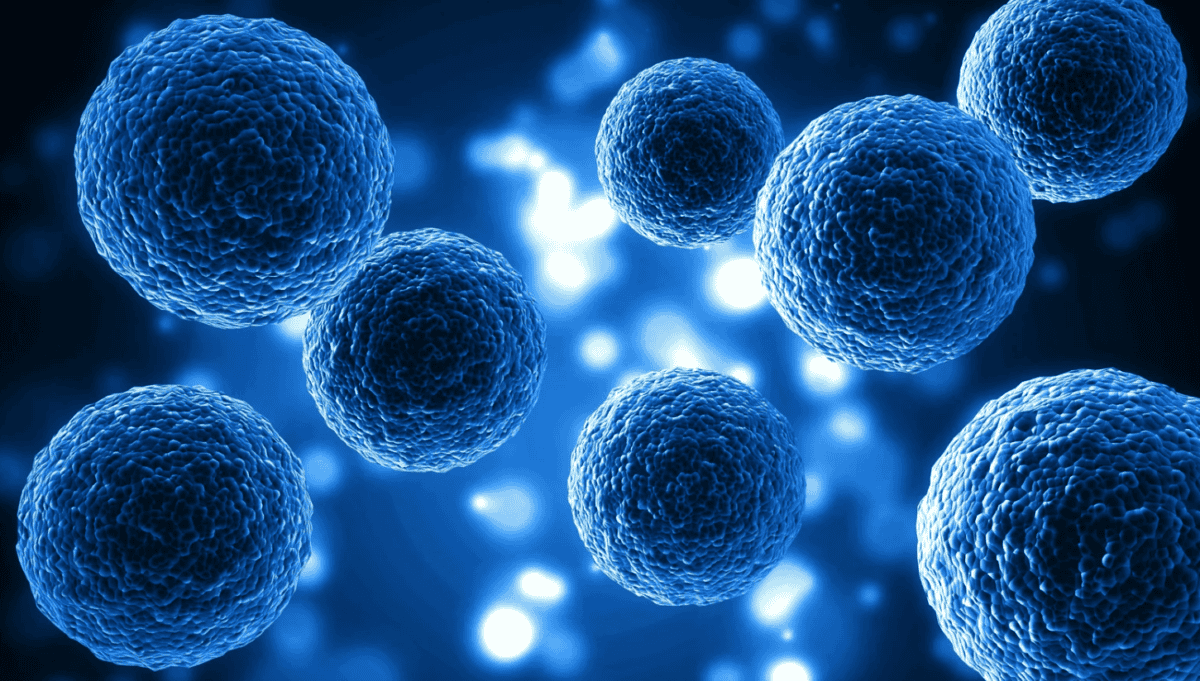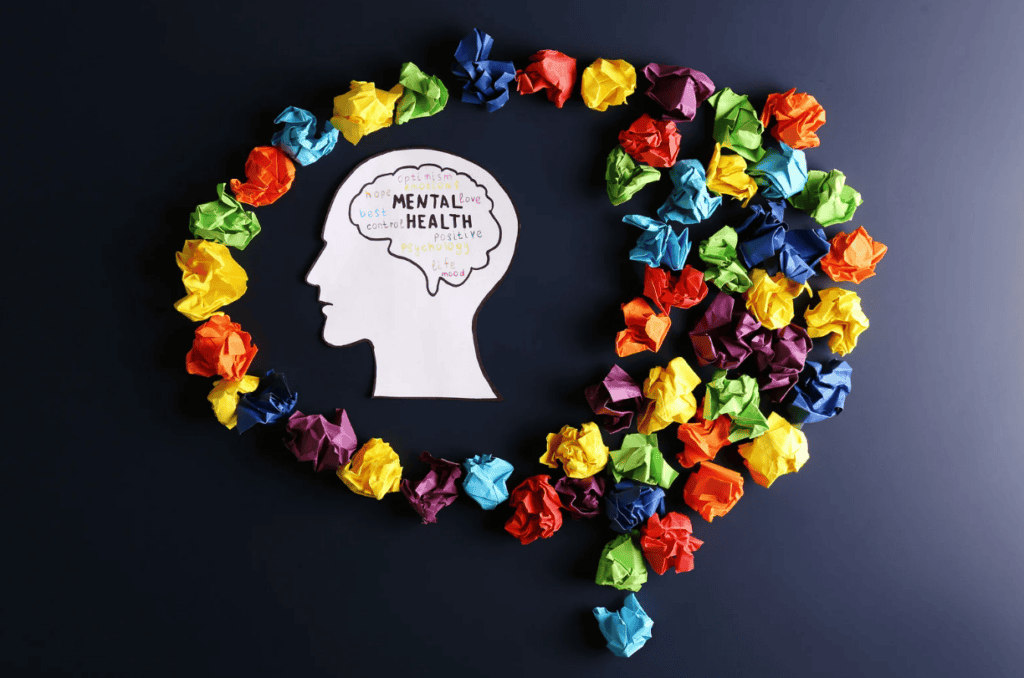Nurses are pivotal in healthcare, extending their expertise to prevent mental illness through various impactful methods. Here are key ways they contribute to this vital cause.
Recognizing Early Signs of Warning
Nurses receive training to recognize early mental illness through subtle changes in behavior or mood. Nurses look at routine assessments and observe for signs of withdrawal, irritability, and sleeping issues before a patient is aware.
This is significant because it can lead to intervention as soon as anxiety or psychosis begins, allowing for early detection and beginning other interventions to cease this from progressing further.
Then, they can work with a doctor or a specialist to develop plans of care to ensure individuals receive treatment before they have a mental health crisis.
Nurses can turn routine care into mental health prevention with these skills and attributes. Primary care nurses may refer patients to PMHNPs when they feel a more advanced level of intervention is appropriate. You can easily find what is a PMHNP, and how to become one in one click.
Patient and Community Education about Mental Health
Nurses are the first healthcare practitioners that patients interact with, and they present an excellent opportunity for intervention in educating people about mental health.
The family and patient will be instructed by nurses on how to identify early signs of mental illness, whether anxiety or depression and the importance of early intervention. Formally, nurses instruct via systematic workshops and educational material distribution.
In contrast, informally, they instruct through educational information delivered during regular check-in sessions, all of which assist in reducing the stigma of mental health.
Education also provides the patient and family with information used to provide preventative education, whether stress management or simply engaging in a positive routine to prevent exacerbation of symptoms.
Education is not limited to nursing practice but is also found in the school system and workplaces that enhance communities’ mental wellness and resilience.

Supporting Healthier Choice Behavior
Mental well-being is connected to physical well-being, and nurses assist patients in establishing a healthy equilibrium. Nurses ensure patients eat nutritionally well, receive exercise, and have proper sleep.
Healthy living habits can keep patients healthy and improve mood, alertness, and mental function. For example, a nurse can coach the patients on how to schedule regular exercise to increase endorphins and help decrease the risk of depression.
Nurses also counsel patients on their use of substances and the potential for substances to precipitate or magnify mental orders. In other words, nurses adjust or modify their guidance to a patient’s condition or situation.
From this perspective, nurses help patients develop habits that act as barriers to mental illness (protective factors) while expanding the idea that prevention begins with everyday decisions.
Counseling and Emotional Support
A nurse’s presence of caring can be a lifeline to an individual at risk for mental illness. Nurses hear patients, validate their feelings, and offer coping strategies for use in times of adversity, whether a stressful life event or chronic illness. This emotional support can deter feelings of loneliness or despair from going further into worse situations.
Primary care or community nurses are typically seen as informal therapists bridging the gap from patient care to actual therapy. Their human connection helps build resilience, and the patient feels cared for and less likely to decline with their mental health illness.

Initiating Preventive Programs in Hospitals
Nurses can become engaged with or initiate mental health activities in hospitals, clinics, and community settings. Activities may include, for example, stress reduction courses, mindfulness, and depression and anxiety screening in community-based activities.
Through conducting check-ins on mental health and as part of an evaluation (such as when taking a physical history, or checking mood), they demystify the dialogue and intervene early to detect issues before they have an opportunity to arise.
Nurses also train other staff members to understand red flags in mental health to extend their preventative work. Through evidence-based or guided programs, they create environments that prioritize mental health and reduce the incidence of illness for diverse populations.
Endnote
Nurses are the hidden heroes battling mental illness. With education, advocacy, and hands-on care, they fashion a safety net to catch people before they fall. Their multi-pronged approach does not just treat; it also prevents, making them essential players in creating a mentally healthier world.





























